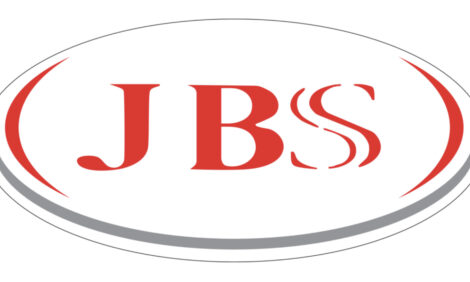



Bacon, Chicken Retail Prices Up
US - Higher retail prices for several foods, including bacon, chicken breast, orange juice, sliced deli ham and flour resulted in a slight increase in the American Farm Bureau Federation’s Fall Harvest Marketbasket Survey.The informal survey shows the total cost of 16 food items that can be used to prepare one or more meals was $51.13, up $1.43, or about 3 per cent, compared to a survey conducted a year ago. Of the 16 items surveyed, 12 increased and four decreased in average price.
Several foods showed significant retail price increases from a year ago, including bacon, chicken breast and orange juice, according to Dr John Newton, AFBF’s director of market intelligence.
"Bacon was up significantly because of the lower inventory and higher prices of pork bellies. We saw a rally in wholesale bacon prices this summer and fall which is being reflected at the retail level," Dr Newton said.
"Bacon is a sexy food item in restaurants and everywhere else, creating an inventory decline and thus a price increase."
"Supply and demand for chicken breasts is tight, which is why retail prices are higher," Dr Newton said. In addition, he said the price increase for orange juice is related to the lower supply of oranges, which could worsen due to the impact of Hurricane Irma.
Consumers saw a slight decline in egg prices. "Egg supplies are fully rebuilt from what we saw a few years ago and we are seeing egg prices continue to come back to where they were prior to the bird flu a few years ago," Dr Newton said.
Price checks of alternative milk choices not included in the overall marketbasket survey average revealed the following: 1/2 gallon regular milk, $2.07 and 1/2 gallon organic milk, $4.27.
For many food items, the year-to-year direction of the marketbasket survey tracks with the federal government’s Consumer Price Index report for food at home. As retail grocery prices have increased gradually over time, the share of the average food dollar that America’s farm and ranch families receive has dropped.
"Through the mid-1970s, farmers received about one-third of consumer retail food expenditures for food eaten at home and away from home, on average. Since then, that figure has decreased steadily and is now about 15.6 per cent, according to the Agriculture Department’s revised Food Dollar Series," Dr Newton said.
Using the "food at home and away from home" percentage across-the-board, the farmer’s share of this $51.13 marketbasket would be approximately $8.00.
AFBF, the nation’s largest general farm organization, began conducting informal quarterly marketbasket surveys of retail food price trends in 1989. The series includes a Spring Picnic survey, Summer Cookout survey, Fall Harvest survey and Thanksgiving survey.
According to USDA, Americans spend just under 10 per cent of their disposable annual income on food, the lowest average of any country in the world. A total of 81 shoppers in 25 states participated in the latest survey, conducted in September.








